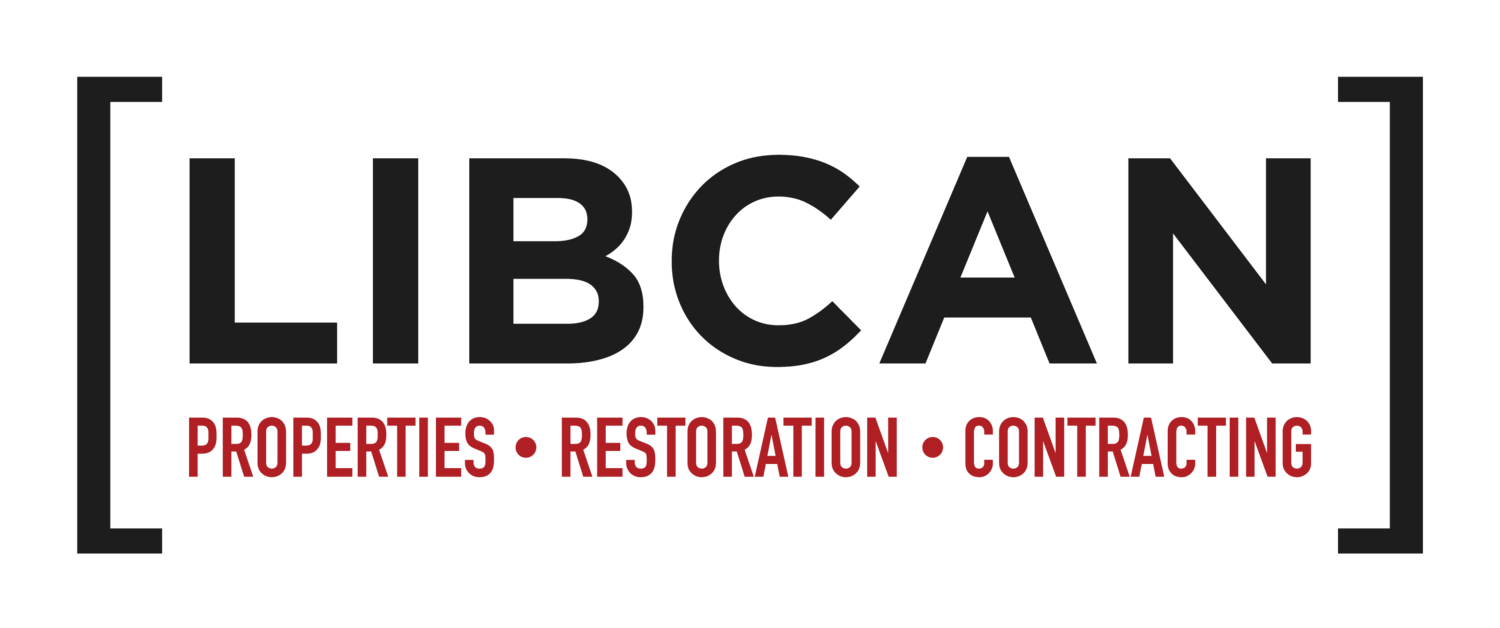
Fire and Smoke
Frequently asked questions
-
Once the fire has been extinguished and it is safe for LIBCAN to enter the building, the processes for fire and smoke remediation include:
Assessment and mitigation of damage (structure board up, demolition and removal of damaged materials and contents)
Smoke damage cleanup (soot cleaning and smoke deodorization)
Water damage cleanup
Contents evaluation and cleaning and restoration of salvageable contents
Repair and reconstruction of the property to its original condition
-
Soot damage from fire starts almost immediately and worsens over time. Soot is acidic and toxic and smells bad. It is comprised of minute particles of everything that burned in the fire (toxins from melted plastic, burned construction materials and burned upholstery, etc.). The longer it remains on walls, furniture and personal contents, the more damage it does. Soot can even tarnish metal if not removed quickly. The water used to extinguish the fire complicates the mess produced by soot by making it sticky and even harder to remove. Until soot is removed it can cause allergies and even respiratory and lung infections and disease. It is of utmost importance to have soot professionally removed as quickly as possible after a fire to avoid further damage and greater health risks.
-
The time it takes to fully complete fire damage restoration will vary depending on a number of factors including the cause of the fire damage event, the extent of the damage, the level of contamination, the size of the area damaged, how soon after the fire event that restoration specialists are notified of the event and are able to begin remediation, the availability of replacement materials, negotiations with insurance providers, etc.
-
Some contents can be cleaned on site while others may need to be removed from the site in order for repairs to be done to the building or in order to properly assess and professionally clean the contents (hand and machine-assistant methods are used). All contents that are salvageable are cleaned, documented and inventoried, prepared and packed for secure storage and eventual transport back to the customer. As well, LIBCAN photographs all damaged contents.


